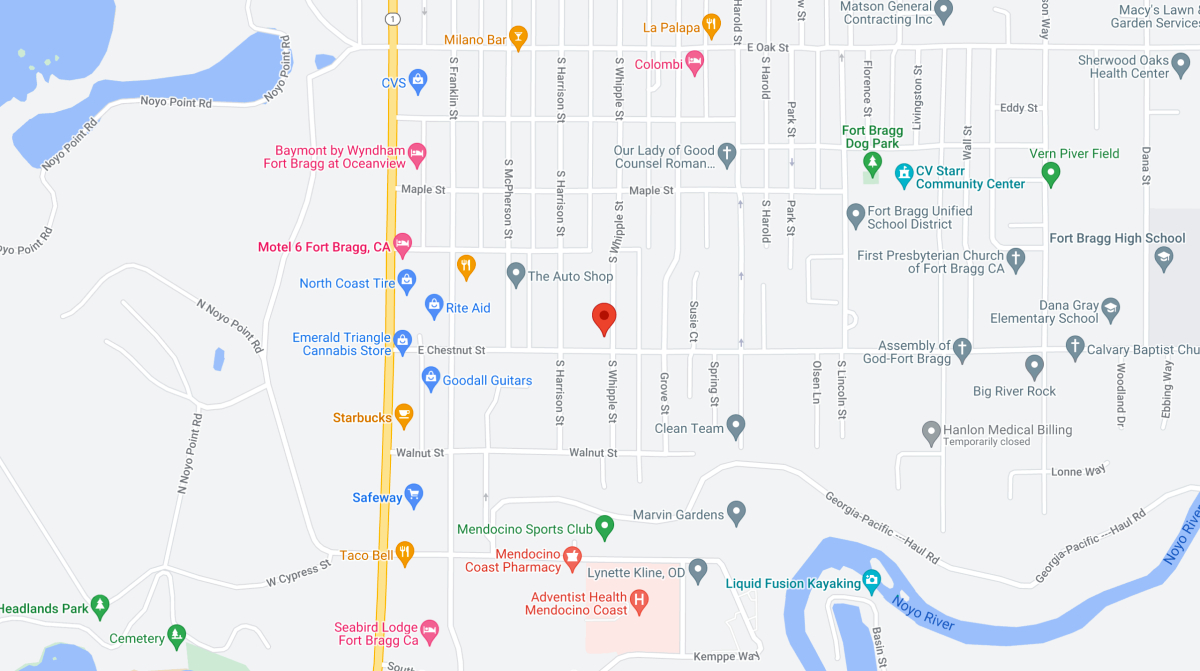 With people living longer, we, as dentists, recognize that the dental profession must shoulder a new responsibility for enduring dental care.
With people living longer, we, as dentists, recognize that the dental profession must shoulder a new responsibility for enduring dental care.
We all hope we’ll live to a ripe old age. At the same time, we want to enjoy the rest of our years and live a quality life. As people age, they become more prone to certain chronic conditions. Old adults may encounter root decay, erosion of the root surfaces, the fracturing of fillings and brittle teeth, or gum infection. People with dentures or partials may find that their bony ridges will continue to recede.
What can be done?
- Root decay and gum disease—Continue to use fluoride toothpaste with tartar and plaque control. There are some newer toothpastes and rinses that are very effective in controlling gum inflammation, plaque, and decay, especially using these agents in a water-irrigating device.
- Xerostomia, or “dry mouth”—Often people suffer dry mouth as a side effect of medication. Forms of artificial saliva are available, or your physician can recommend alternate medication.
- Root erosion—We can use bonded fillings to cover and protect these areas.
- Abrasion or wearing away the chewing surfaces of the teeth—Bite correction or nightguard appliances are available. In some cases, however, the teeth may have to be crowned.
- Fracturing brittle teeth—Change silver fillings to bonded fillings, or use crowns to protect damaged teeth.
- Uncomfortable dentures—The bony ridges in your mouth that support the denture recede over time. Refit, realign, or replace partials and dentures to get the best possible fit. Or, implants can act as a support to eliminate movements that may cause further damage/discomfort.
Now may be the best time to change old fillings, refit dentures, or just have that check-up. So don’t wait any longer, as your dentist, our responsibility is to look after you now and in the future!


